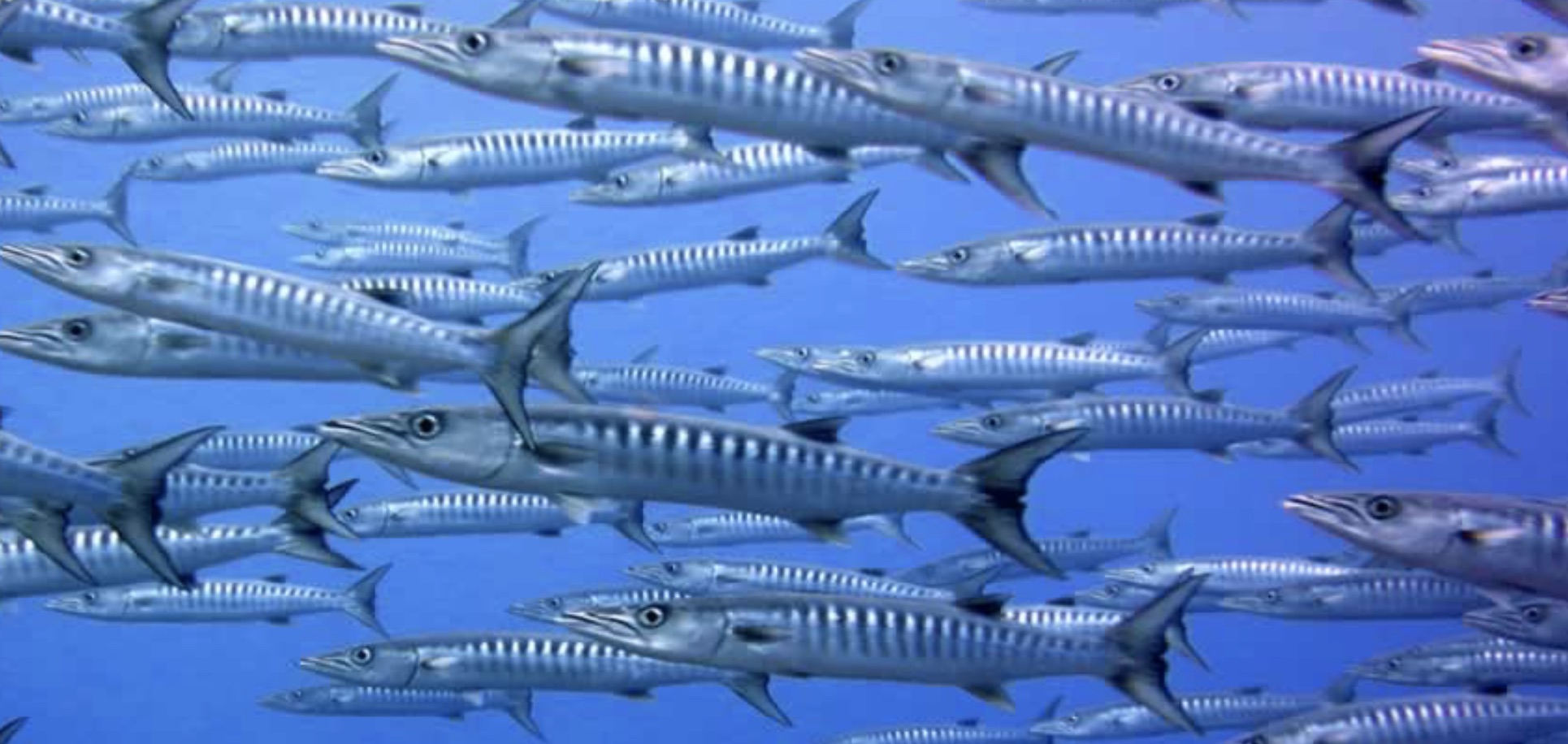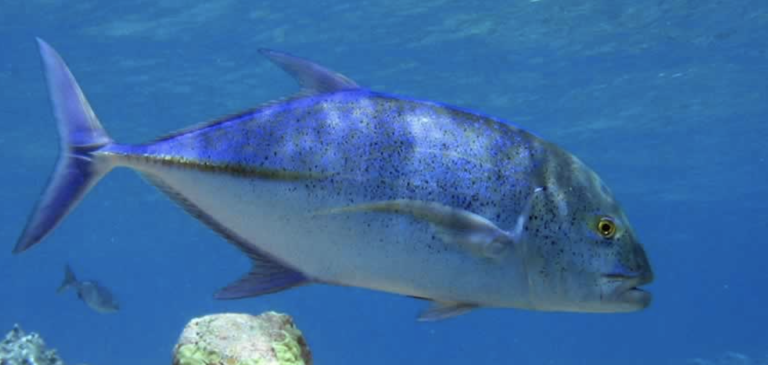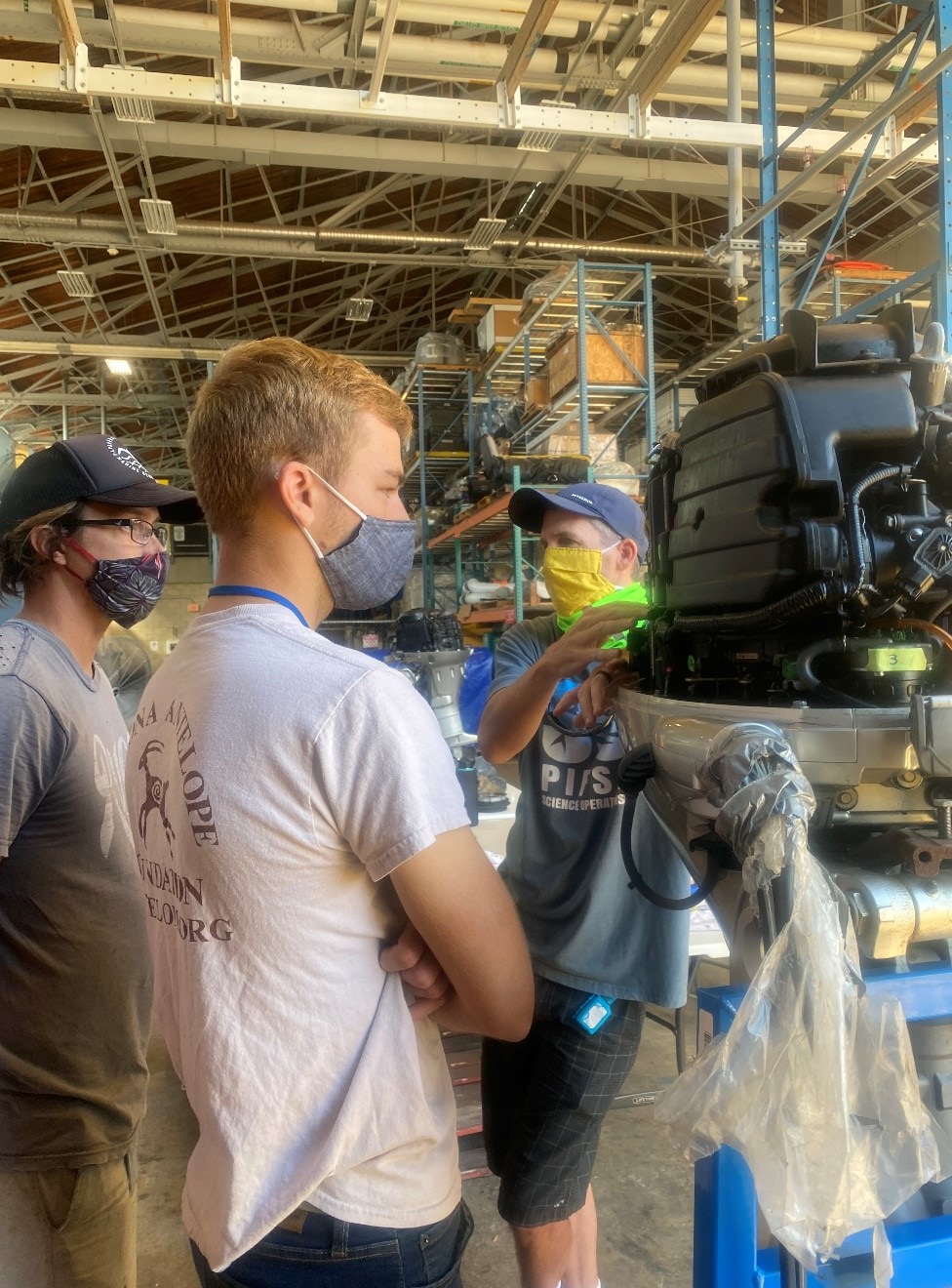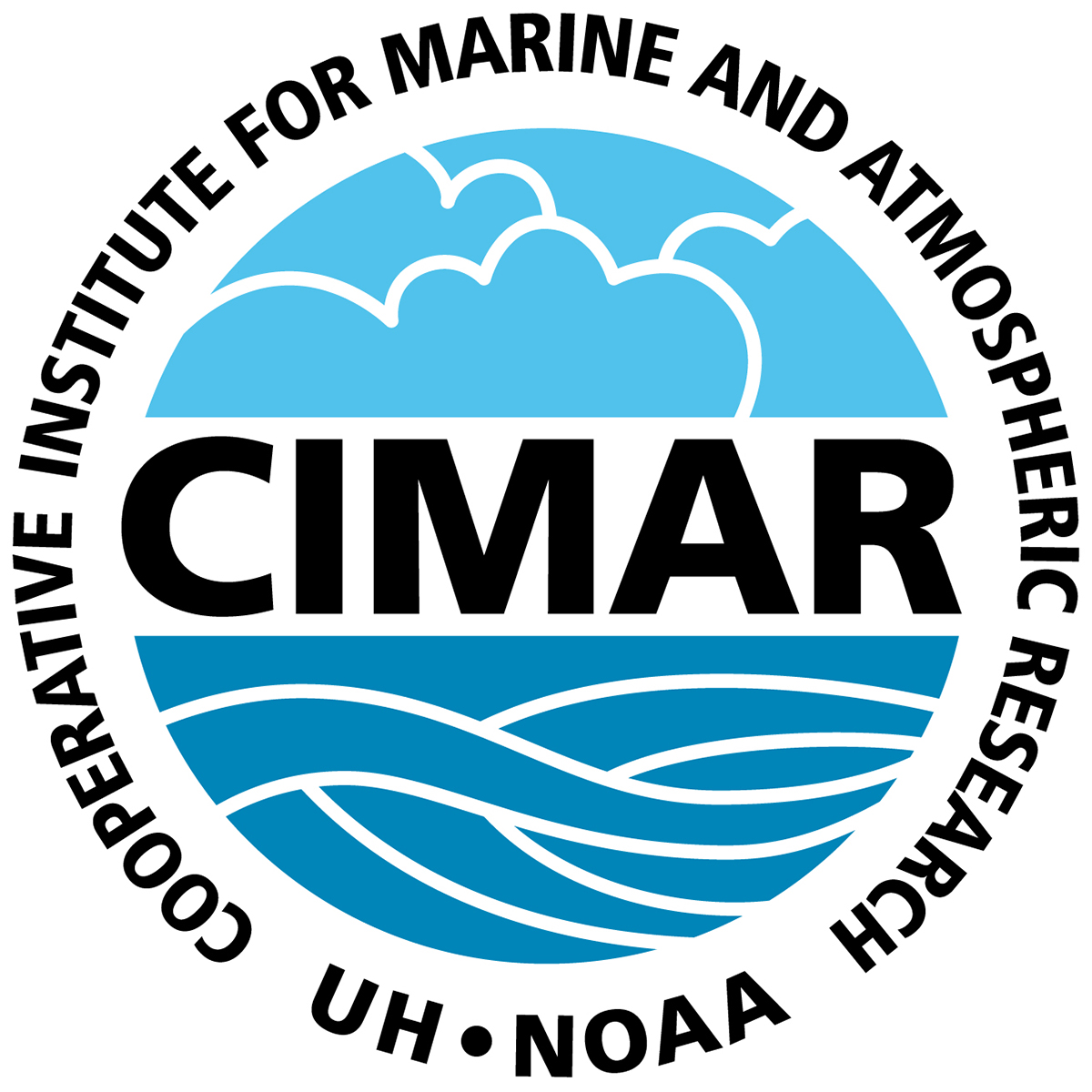Home > About Us > Mission Statement
CIMAR Vision, Strategy and Mission Statements
Vision. CIMAR is one of 16 cooperative institutes (CIs) nationwide between NOAA and research universities. CIMAR is unusual among CIs in that its administering Line Office is NOAA Fisheries, in keeping with the large proportion of CIMAR activities within fisheries and ecosystem disciplines.
Like all CIs, CIMAR was formed to promote the delivery of cutting-edge research to support NOAA’s missions and programs, and to simplify funding of NOAA-relevant research at universities. CIMAR serves as a bridge between the basic and applied research capabilities of the University of Hawaiʻi (UH) and the mission-oriented research of NOAA in 8 key theme areas. Through CIMAR, scientists from UH collaborate with NOAA researchers, especially within the Pacific Islands Fisheries Science Center (PIFSC) on Oʻahu, to address a broad range of issues of mutual concern and translate and apply state-of-the-art research for local, regional, and national benefit.


Strategy. CIMAR’s strategic plan aligns closely with NOAA’s and is, to a large extent, the application of the NOAA strategic plan to the Pacific Islands region. For example, CIMAR supports NOAA’s concept of healthy ecosystems, communities and economies that are resilient in the face of change, recognizing and addressing the particular challenges and opportunities confronting Pacific island communities (e.g., reef ecosystems; narrow coastal habitable zones) in achieving a sustainable and prosperous future despite changing global environments.
Mission. CIMAR’s mission is to support and facilitate research that is necessary for understanding and predicting environmental change in the Pacific Islands region, for conserving and managing coastal and marine resources in island environments, notably the Hawaiian Islands and the U.S.-affiliated Pacific Islands, and for supporting the region’s economic, social, and environmental needs. To achieve this mission, CIMAR has applied the following strategies:
- encourage, enable and advance innovative collaborative research between NOAA scientists in the tropical Pacific Islands region and the relevant marine, atmospheric, earth and social sciences academic units of UH;
- promote the transition of research outcomes to operational products and services that benefit the Pacific Islands region;
- advance interactions through the support of visiting scientists and post-doctoral scholars; and,
- provide educational opportunities for basic and applied research in the Life and Earth Sciences at the undergraduate, graduate, and post-doctoral levels.
Many CIMAR staff are integrated within NOAA’s Pacific Islands Fisheries Science Center (PIFSC) at the Daniel K. Inouye Regional Center at Ford Island, Pearl Harbor, O‘ahu. The over 100 CIMAR scientists within PIFSC are engaged across 22 CIMAR projects encompassing coral reef monitoring and research, marine mammal and turtle research, human dimensions investigations and economics of fisheries, fisheries bycatch mitigation research, oceanic and reef ecosystems modeling, insular and pelagic fisheries stock assessment research, fisheries database management, and more.
CIMAR scientists also interact closely with NOAA’s Office of Oceanic and Atmospheric Research, National Ocean Service, National Weather Service, and National Environmental Satellite, Data, and Information Service Line Offices, which support projects at UH in the research themes of ocean monitoring and forecasting, climate science and impacts, air-sea interactions, and tsunamis and other long-period ocean waves. Significant CIMAR-supported programs active in these theme areas include the University of Hawaiʻi Sea Level Center and a partnership with the Pacific Islands Ocean Observing System.

